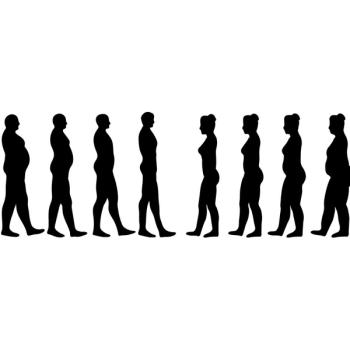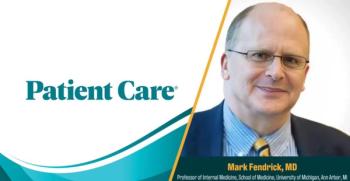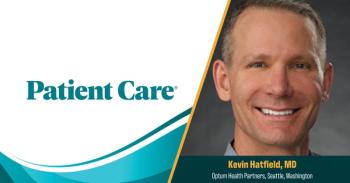
The ABCs-and Ds and Es-of Vitamins
Schools of thought on their relative value differ greatly. Fortify your knowledge of the pros and cons with this baker’s dozen of facts and figures.
The use of vitamins, like the use of all dietary supplements, has risen in recent years-even though schools of thought on their relative value differ greatly.
Some claim that taking vitamins is beneficial, both in making up for patients’ diet deficiencies and in reducing their risk of serious disease.
Others maintain that the benefits are marginal at best and that vitamins may actually increase the risk of disease.
Patients and their physicians stand to benefit from a better understanding of vitamins and a strategy for optimizing their use. Fortify your knowledge of the pros and cons with this baker’s dozen of facts and figures:
1. The CDC offers these
• More than half of the U S adult population used dietary supplements in 2003-2006, up from more than 40% in 1988-1994.
• Multivitamin/mineral (MVM) supplements were used most frequently.
• The use of supplemental calcium increased to 61% of women aged 60 years and older, up from 28%.
• About one-third of women aged 20 to 39 years used a dietary supplement containing folic acid.
• The use of supplements containing vitamin D increased for men and women in most age groups in 1999-2002.
2. The
3. More than one-third of Americans take
4. In a
5. Results from the Physicians’ Health Study II showed a modest but statistically significant
6. European researchers found that vitamins C and E as well as selenium may
7. The U S Preventive Services Task Force Recommendation states that appropriate
8. In a 22-year study, vitamin B6, folic acid, iron, magnesium, and zinc were associated with an
9.
10. The 2005 Dietary Guidelines for Americans advised that
11. An Endocrine Society Clinical Practice Guideline
12.
13. The NIH’s Dietary Supplement Label Database provides a look at the
Newsletter
Enhance your clinical practice with the Patient Care newsletter, offering the latest evidence-based guidelines, diagnostic insights, and treatment strategies for primary care physicians.
















































































































































































































































































